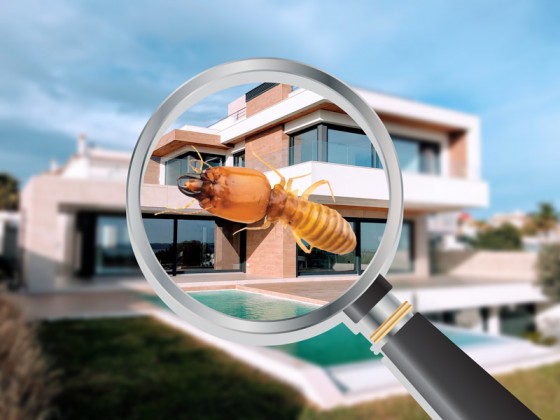
Termite workers build and maintain nests which house the colony. These are elaborate structures made using a combination of soil, mud, chewed wood/cellulose, saliva, and feces. A nest has many functions such as providing a protected living space and water conservation (through controlled condensation). There are nursery chambers deep within the nest where eggs and first instar larvae are tended. Some species maintain fungal gardens that are fed on collected plant matter, providing a nutritious mycelium on which the colony then feeds (see "Diet," above). Nests are punctuated by a maze of tunnel-like galleries that provide air conditioning and control the CO2/O2 balance, as well as allow the termites to move through the nest.
Nests are commonly built underground, in large pieces of timber, inside fallen trees or atop living trees. Some species build nests aboveground, and they can develop into mounds. Homeowners need to be careful of tree stumps that have not been dug up. These are prime candidates for termite nests and being close to homes, termites usually end up destroying the siding and sometimes even wooden beams
Termites are often mistaken for flying ants, but there are noticeable differences: Both swarming termites and ants have two pairs of wings. Termites front and hindwings are the same shape and size. However, ants front wings are larger than their hindwings. Ants' antennae are elbowed, Ants have a narrow, pinched waist, while termites' waists are thicker and less defined.
